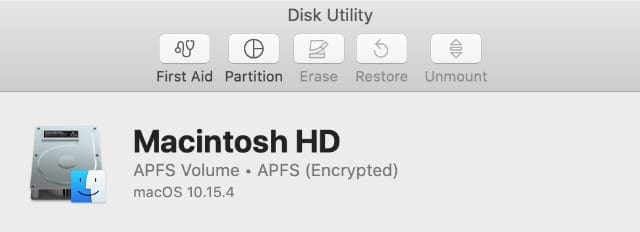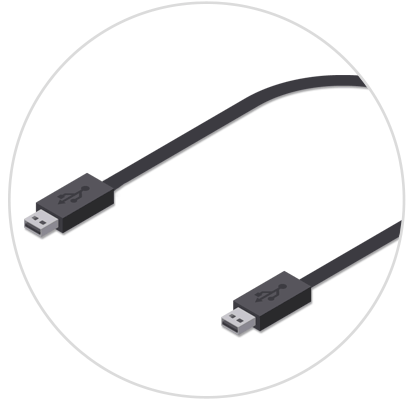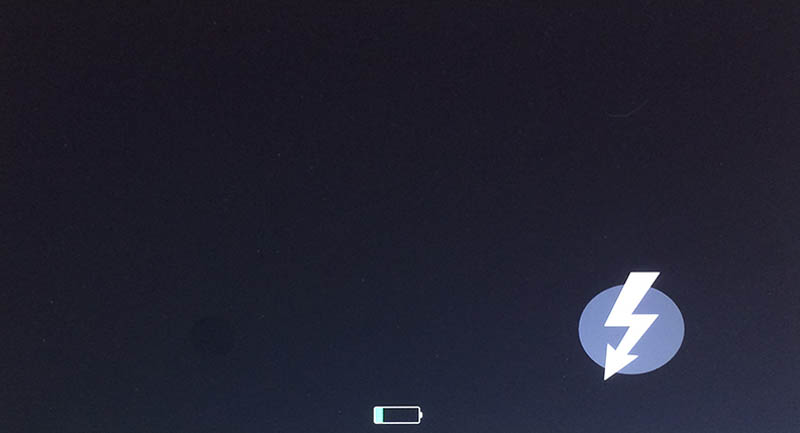
Additionally, for older iMac systems, be sure you are using OS X 10.6.1 or later. If your iMac supports Target Display mode but does not enter it, then try resetting your iMac’s SMC. iMac not switching to Target Display mode When you press this hotkey, the system will remain running, but the display will now be accessible through the Thunderbolt connection of the iMac, smaller systems such as laptops to make use of the larger display with the use of a Thunderbolt cable. Note that on most Macs, the F-keys are assigned to a system function by default, so you will either have to revert this in the Keyboard system preferences, or hold the “Fn” key in addition to the Command key before tapping F2. To do this, first check the model of your iMac to ensure it was made in late-2009 or later, and then simply press Command-F2 after connecting the systems with a compatible cable. While Target Disk Mode requires you to restart the system into a special mode, the use of Target Display simply switches the monitor to accept input from an external source, rather than the running system, just as if you had unplugged it for alternative uses.
Apple Event on November 10 Promises “One more thing.When Apple introduced its late-2009 iMac systems, it was clear the large built-in display on these systems could not only be used for the accompanying computer, but similar to the functions of Target Disk mode for hard drives, the display could be used for another Mac. How to enter target disk mode how to#
macOS 101: How to Boot and Use a Mac in Target Disk Mode. Need to know how to use Target Mode on an older pair of Macs not running macOS Big Sur? Here’s a 2017 Rocket Yard article on the subject. Be sure to give it a try when your Apple Silicon Mac arrives! Transferring files between the two Macs-particularly if you’re using a Thunderbolt connection-is ultra-fast with this method. When you’re all done transferring files, eject the disk on the Intel Mac.Īt this point, you can also disconnect the cable connecting the two Macs and restart the Apple Silicon Mac from the Apple () Menu. Transfer the files from one Mac to the other. Click “Connect As,” select Guest in the Connect As window, then click Connect. In the Network window, double-click the Mac with the shared disk or volume. The M1 Mac appears on the Intel Mac in a Finder window under Network You’ll find it below Locations in the Finder window sidebar (see screenshot below). On the other Mac, open a Finder window, then click Network.  Select the disk or volume you wish to share, then click Start Sharing. If your disk is encrypted on the Apple Silicon Mac, you’ll be asked to unlock it with your administrative password.
Select the disk or volume you wish to share, then click Start Sharing. If your disk is encrypted on the Apple Silicon Mac, you’ll be asked to unlock it with your administrative password. 
If you’re asked for an administrator password, please enter it.
Press and hold the power button on the Apple Silicon Mac until “ Loading startup options” appears on the screen.  On the Apple Silicon Mac, select Apple () Menu > Shut Down.
On the Apple Silicon Mac, select Apple () Menu > Shut Down.  Using a USB, USB-C, or Thunderbolt cable, connect the two computers together. How to Transfer Files Between Your Apple Silicon & Intel Mac This can make moving from an older Mac to a speedy new M1 Mac quite fast and easy. Target mode became problematic in later years, but Apple has now made it possible to connect an Apple Silicon-based Mac (AKA “M1 Mac”) to an older Intel-based Mac. This was perfect for transferring files en masse from an old Mac to a newer model. What it allowed you to do is connect one Mac to another via a cable (usually FireWire), using the non-startup Mac as an “external hard disk” for the startup Mac. Back in the good old days, Macs used to have a special startup condition called target mode.
Using a USB, USB-C, or Thunderbolt cable, connect the two computers together. How to Transfer Files Between Your Apple Silicon & Intel Mac This can make moving from an older Mac to a speedy new M1 Mac quite fast and easy. Target mode became problematic in later years, but Apple has now made it possible to connect an Apple Silicon-based Mac (AKA “M1 Mac”) to an older Intel-based Mac. This was perfect for transferring files en masse from an old Mac to a newer model. What it allowed you to do is connect one Mac to another via a cable (usually FireWire), using the non-startup Mac as an “external hard disk” for the startup Mac. Back in the good old days, Macs used to have a special startup condition called target mode.








 0 kommentar(er)
0 kommentar(er)
